Top 5 Spring Garden Tips
This post written by guest blogger—Colin McCrate
Warmer weather means it’s time to dust off those garden trowels, grab a couple bags of compost and start getting your garden ready. We asked local gardener and co-author of Food Grown Right, In Your Backyard: A beginner’s Guide to Growing Crops at Home, Colin McCrate what were his top spring gardening tips. Here’s what he said:
Check your soil pH
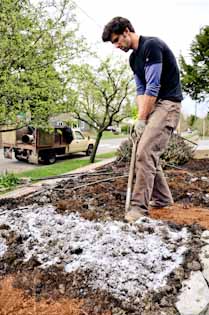
Loosening Soil and Adding LimeChecking your soil pH may seem beyond your range of garden nerdiness, but it is one of the most important things you can do each year to ensure the success of your crops (it may help if you put on a lab coat and tease out your hair before getting started)….A pH kit or electronic tester can be found at just about any plant nursery or online shop. Most kits are inexpensive and accurate enough to guide your pH adjustments.
The ideal pH range for vegetables is between 6.3 and 6.9 (on a scale from 1 to 14). If your soil proves to have a pH below this range, then it is too acidic and you should add lime this spring (also available at most nurseries or hardware stores). If the soil is too alkaline (above 7.5), add elemental sulfur.
Loosen your garden soil
Roots from surrounding lawns, trees and shrubs can creep into the garden over the winter. These roots compete with your vegetables for space, nutrients and water, so it is best to get them out of the way before the season gets underway. You don’t want to work the soil when it is super wet, so this is a really great early spring activity for one of those surprise sunny weekend days. So put on a headband, rip the sleeves off your shirt and get to work!
Vegetables are “heavy feeders”
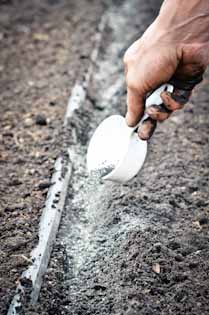 This means that they absorb large amounts of nutrients from the soil as they grow. In order to produce a maximum harvest, each crop needs an adequate supply of plant food. Nutrients are supplied by compost and organic fertilizers, and both should be added to your soil before each season begins (and if you are planting in a bed more than one time in a season, add them between each planting).
This means that they absorb large amounts of nutrients from the soil as they grow. In order to produce a maximum harvest, each crop needs an adequate supply of plant food. Nutrients are supplied by compost and organic fertilizers, and both should be added to your soil before each season begins (and if you are planting in a bed more than one time in a season, add them between each planting).
Choose crops that you are excited to grow
Certain crops give a higher yield per square foot of planting space, but it is also important to choose plants that you are really psyched about growing (it will make them easier to take care of).
Appropriate Spacing
Make sure to follow the plant’s (or seed’s) recommended spacing requirement. Many beginning gardeners assume that if they plant their crops closer together they will get more food per square foot. But that’s not quite how it works: When crops are planted too closely together, they compete for sunlight, water and nutrients.
When forced to compete, plant growth is stunted, production is limited and crops are more susceptible to pest and disease pressures. Spacing requirements have developed through generations of trial and error, so take advantage of this experience and listen to your seed packet!
For more information about home gardening, check out Food Grown Right, In Your Backyard: A Beginner’s Guide to Growing Crops at Home by Colin McCrate & Brad Halm. Learn more at www.SeattleUrbanFarmCo.com
The views and opinions of guest authors do not necessarily reflect the views and opinions of Full Circle.
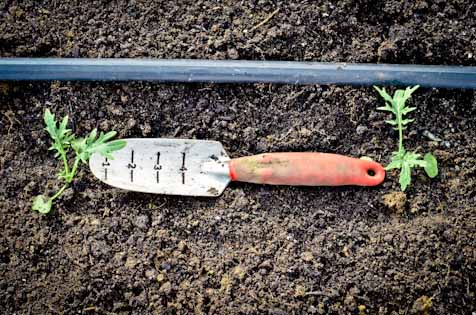
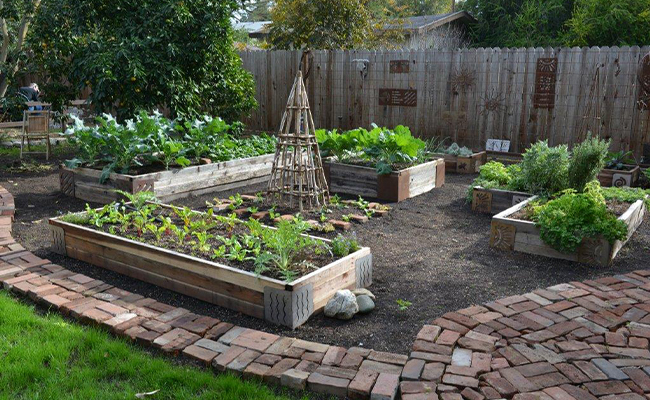
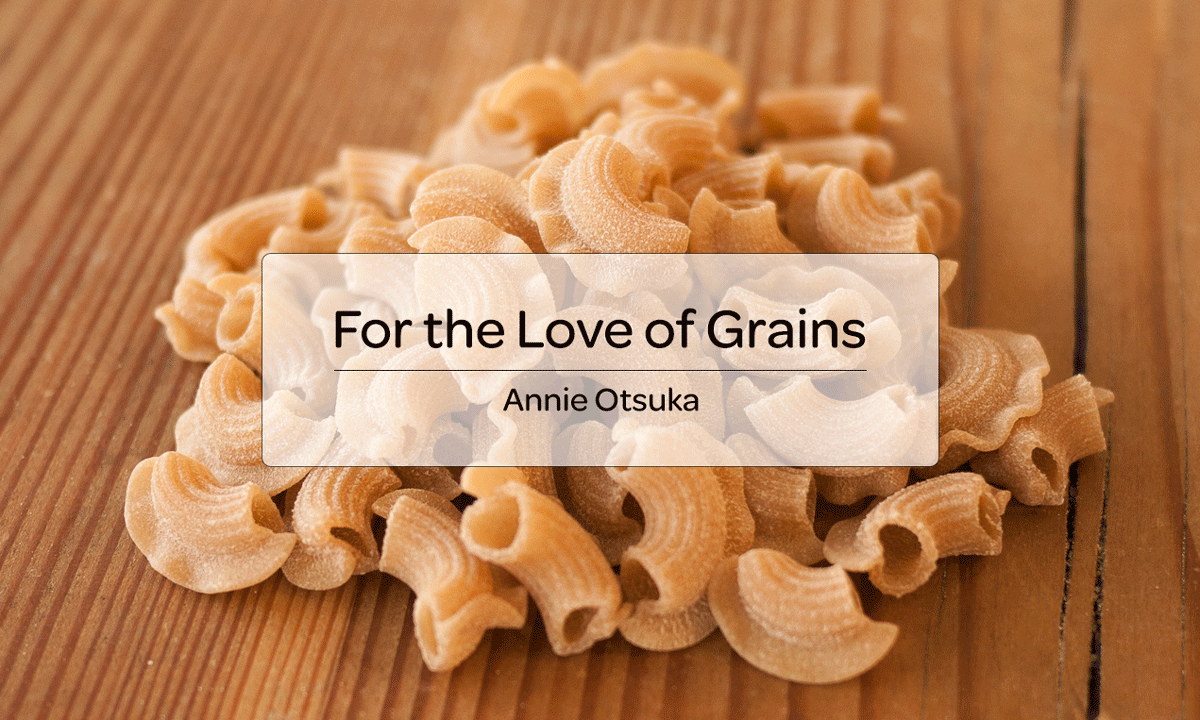
Leave a Reply